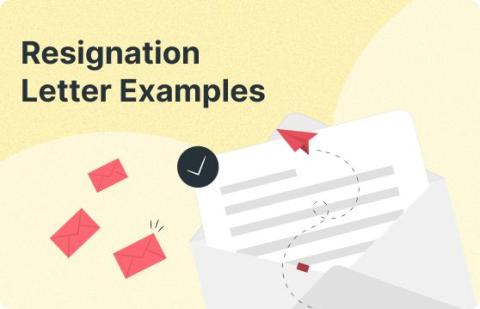Mastering Business Etiquette: Key to Professional Success
Business etiquette refers to the set of behaviors, manners, and practices that are deemed appropriate and respectful in professional settings. Mastering business etiquette is essential for building strong relationships, fostering trust, and creating a positive impression, whether you’re interacting with colleagues, clients, or stakeholders. Below, we explore the key principles of business etiquette and how to implement them in the workplace.











